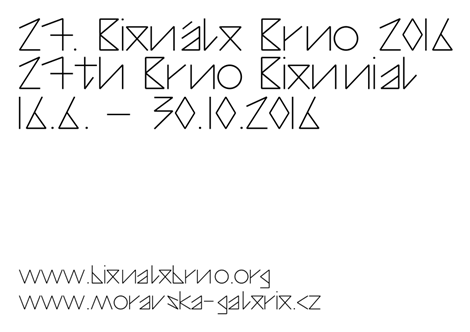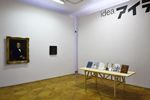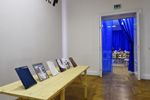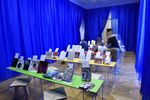
As a result of the victory of modernisation, the word 'design' is prevalent across the globe. You can talk about design, but only as long as one situates the conversation within the disciplines and established rubrics of modern design. However, the fundamental meaning of the word 'design' and how it is interpreted is not so obvious and common. Interpretations, mindsets, and nuances vary from culture to culture and country to country.
While graphic design history in the 20th century has become rich and meaningful, the variations in perception of what 'design' actually is have not been explored deeply. During the Cold War period, publications and events like Brno Biennial worked as the gateway of potential cultural exchange, such as how design might be defined between cultures.
Due to rapid globalisation since the end of 20th century, graphic design has become both deeply rigorous, but at the same time, deeply homogenous. Modern graphic design (and its discourses) seems to be more and more distilled and filter out the culture and history outside of the established boundaries of design as cultural capital, cultural production, and centralised discourse.
It is ironic that the division between 'locality' and 'globality' has been so deep while technology and economy have increased the speed and ease of global communication.
However, there have been individuals and works whom have veered away from the established norms - the established track of Western modernist ideals, norms and forms. A global inability to procure localised bodies of knowledge - be they geographic or metaphysical - is of utmost interest to us in terms of curation of the Brno Study Room 2016 - to help expose publications either on the periphery or completely outside of Western ideas of graphic design discourse, dialectics, and comprehension.
We aim for the Brno Biennial Study Room 2016 to be a place of reconnecting what we perceive as 'worlds' - spheres of activity that are technocratic, cultural and 'other' in nature - reconciling the slippage between the 'local' and the 'global' in a heretofore unseen way that sidesteps Orientalization, imparts mystery, and promotes understanding. We are at a moment in time where what 'design' is seems commonly accepted globally, yet in reality represents a multitude of attitudes and perspectives.
Reading room attendees are urged to think of the tabula rasa (the blank slate) in its most innate form - the wax slate which the Romans used for note-taking. Attempt to allow your mind to warm over your preconceptions of what design actually is prior to involving yourself in this exhibition. The Neoliberal era's Big 5 (Amazon, Apple, Facebook, Google and Microsoft) have shorn citizens of the world of their autonomy in decision-making and ideology-forming, shifting individuals en masse from being users to being mere participants. Our hope is that individuals who encounter the Study Room do the opposite - that the findings within instead instil a sense of agency and re-evaluation, of mystery and greater meaning.
The Study Room project explores the importance of book references in the development of design practice and continues a series of exhibitions started within the 26th Brno Biennial 2014. The selected publications are acquisitions to the thematic collection of the library of the Moravian Gallery in Brno dedicated to graphic design and visual communication.




